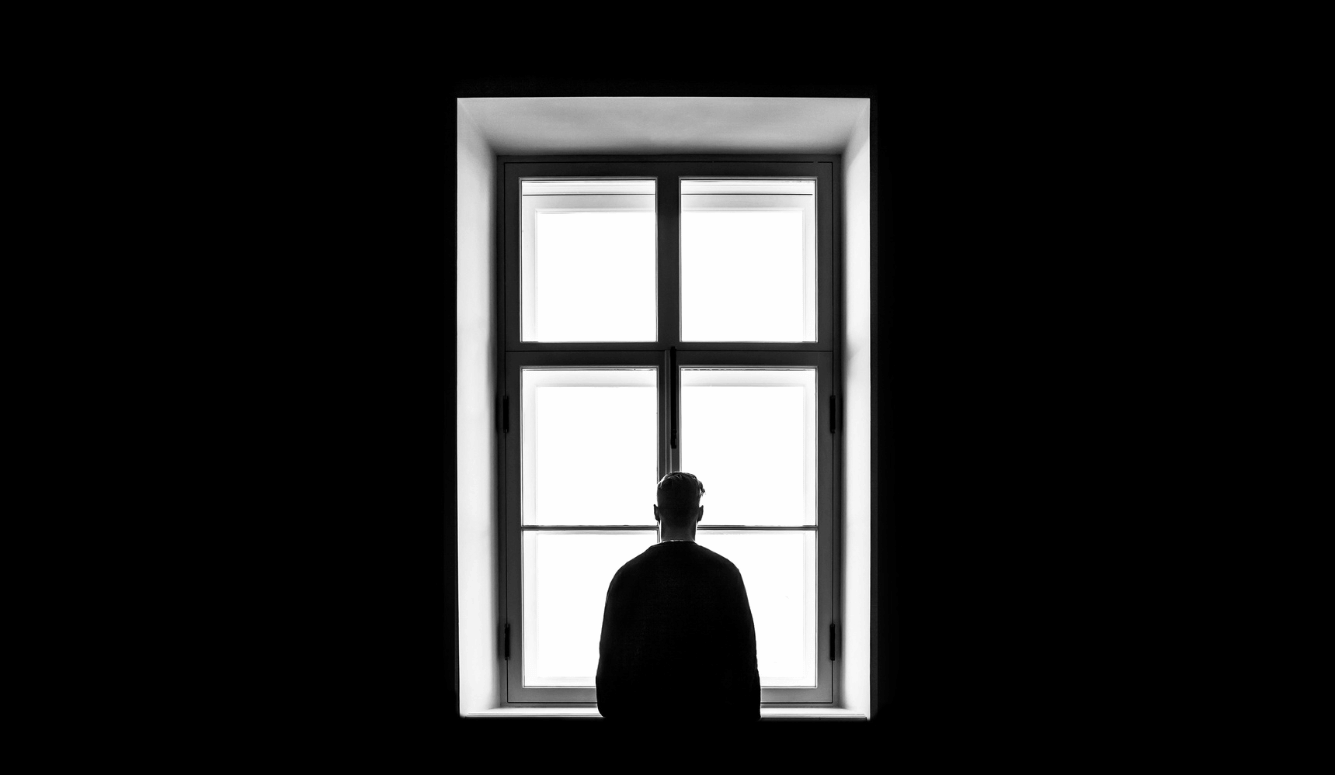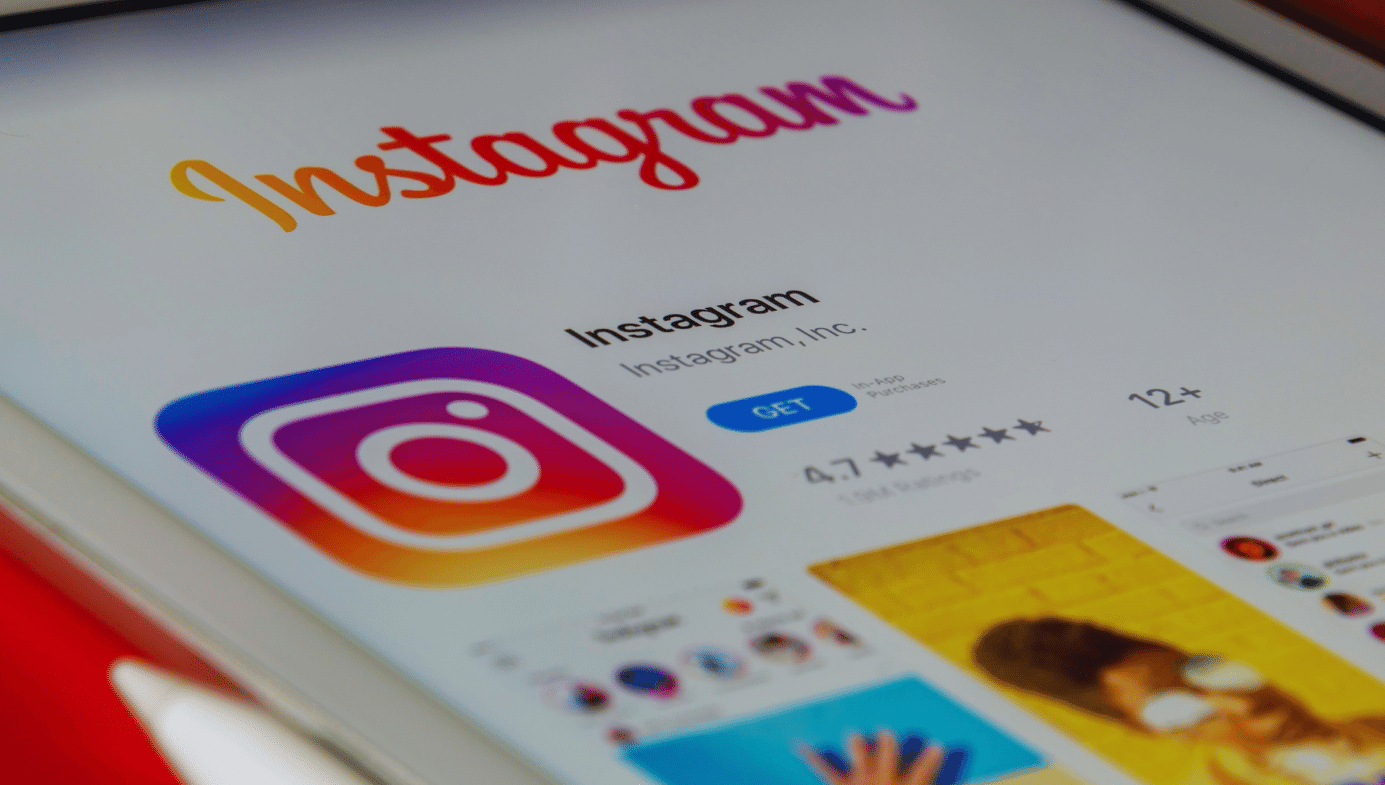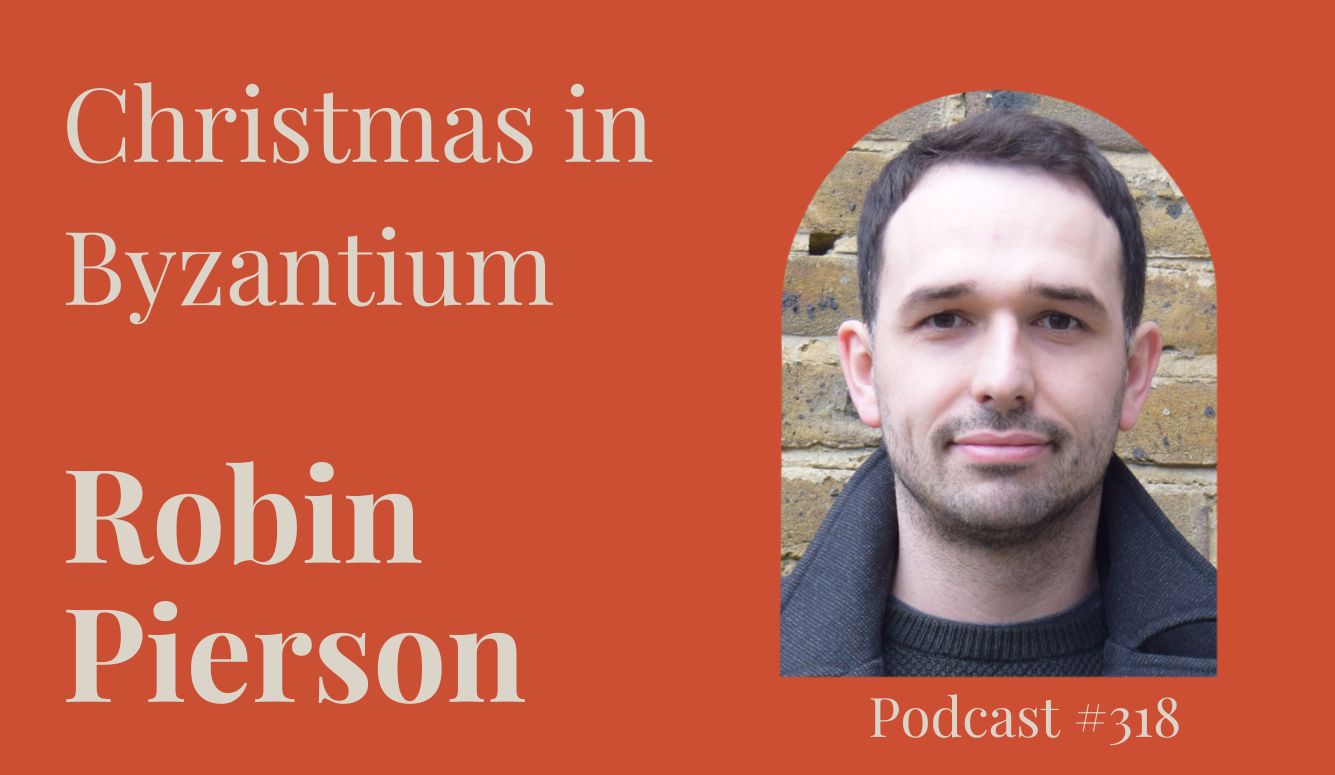Privacy
Setting Man Free from Men
Tiffany Jenkins’ new book is a passionate defence of the value of privacy. The ability to keep some things private is at the heart of human creativity, freedom, and happiness, she argues. Perhaps even this does not go far enough.

A review of Strangers and Intimates: The Rise and Fall of Private Life by Tiffany Jenkins; 320 pages; Picador, UK (July 2025).
One of the most viral memes of recent months is the image of the Andy Byron, the CEO of the company Astronomer and Kristin Cabot, the firm’s head of HR, caught on film embracing each other at a Coldplay concert. As the illicit lovers scrambled to hide themselves, the announcer remarked that they seemed like people who were having an affair. Indeed, they were. After the footage was leaked online, their lives were thrown into turmoil. That this irrelevant affair generated such a frenzy shows, as Matthew Gasda recently wrote in Unherd, that “our culture is obsessed with shame, surveillance, and control” and has a “desperate need for a new ethic of privacy.”
In her new book Strangers and Intimates, cultural historian Tiffany Jenkins provides a number of instances of people whose lives were similarly turned upside down by revelations of their private doings. She cites the example of British police officer James Watts, who in 2020 posted a series of racist memes to a WhatsApp chat group that included several of his former colleagues from his time serving as a prison guard. One meme showed an Islamic prayer mat printed with the face of George Floyd. Another featured a white dog in a Ku Klux Klan costume. Watts received a twenty-week prison sentence and a lifetime ban from holding any policing role.
What these cases have in common is the way they blur the distinction between the public and private realms. Can criminal prosecution be justified for sending messages, however odious, to specially invited members of a private chat group? Don’t we all utter things in private that we wouldn’t—and perhaps shouldn’t—utter in public? The treatment of retired police officer Julian Foulkes is another case in point. Foulkes received a visit from the police, who barged into his house and rummaged through his bookshelves searching for suspicious material after someone complained about a tweet he had posted. As someone whose personal library contains books by all sorts of figures, both Left and Right, who might be deemed extreme by some, the prospect of being shamed by the police for the books I privately read is chilling. Such encroachments on private life seem on track to become normal and thus banal. This is the urgent central message of the book Strangers and Intimates.
Many books that deal with the topic of privacy have the disadvantage of being boring. They often read like meandering legalistic treatises on how to protect your personal information in an online age. One of the immediate strengths of Jenkins’ study is it doesn’t focus on data and digital security, but on a much broader social conception of the distinction between private life and the public sphere—and it is anything but boring.
Jenkins’ passionate thesis is that “the historic achievement of establishing those two realms, private and public, each governed by its own set of norms and values, is in mortal danger.” We are vulnerable, she warns, to “revisiting an era when the seventeenth-century adage ‘Do nothing publicly that you wouldn’t do privately’ and the observation ‘Privacy is for adulterers and murderers’ resonate strongly.” Jenkins doesn’t view privacy as a purely legal concept, but an idea with political, social, and even moral implications.

The human proclivity to be territorial over our own space has deep roots in our evolutionary make-up and thus has probably always been with us. But, as Jenkins writes, it is “neither ‘natural’ nor universal to have a private life,” and the concept of the private sphere is “neither fixed in definition nor eternal in form.”
The distinction between private and public realms dates back to at least Classical Antiquity. Some of the ancient Greek writers and orators expressed the aspiration to limit state involvement in people’s lives. In a famous oration of 431 BC, in which he celebrated the greatness of Athens, Pericles boasted:
The freedom which we enjoy in our government extends also to our ordinary life. There, far from exercising a jealous surveillance over each other, we do not feel called upon to be angry with our neighbour for doing what he likes, or even to indulge in those injurious looks which cannot fail to be offensive, although they inflict no positive penalty. But all this ease in our private relations does not make us lawless as citizens.
The parameters of what is public and what is private, however, have shifted over time. As Jenkins explains, in pre-modern times, religion was a public matter, and as it was considered essential to the health of the government and community, the nuances of private worship were often hotly argued over in the public realm. Sexual behaviour was also subject to both public legal sanction and informal social regulation. With the decline of the Church’s authority, sex became a private affair, less subjected to regulation by the state. The idea of having a “sex life” that is part of one’s private life is a modern notion. Likewise, modernity meant that economic activity was no longer centred on the private household (the oikos), but took place outside the home, in the vast terrain of the public sphere and the world market.
It wasn’t until the coming of modernity and the rise of bourgeois society—an anthropological and sociological revolution—that a private sphere bound by different rules and conventions than the public sphere was “positively and rigorously championed,” writes Jenkins. It was a consequence of bourgeois society’s emancipation of the individual from the clutches of caste systems, the Church, traditional cultural practices, and mafia-like corporate guilds. The emancipated individual could develop and refine his talents and potential in private before unleashing them on the public sphere to the benefit of society.
Jenkins views the Reformation as a pivotal moment in producing the components that make up the modern understanding of private life. The religious upheavals of the sixteenth and seventeenth centuries brought about a new freedom of conscience and religion, new civil liberties, and a new understanding of sexual and domestic behaviour as private matters. If religion and conscience were the private affairs of a free individual endowed with natural rights, then these same protections could also apply to other, more intimate areas of life. The nuclear family was seen as possessing its own private domain distinct from the wider community, a space in which to raise autonomous individuals. This cult of private life was encoded legally with the castle doctrine and marital privilege; it was also reflected in architecture: private homes had specialised rooms with distinct functions whose purpose was to create personal boundaries for family members or to segregate servants from owners (this was why Victorian houses had back stairs). The rise of the novel and the increasing popularity of diary writing also bear witness to this. The personal diary, writes Jenkins, is “a uniquely interior cultural form” that helped develop the modern self.
The private sphere, then, was no longer regarded as a “realm of deprivation” or a place to hide one’s sordid proclivities. Instead, it was understood as “backstage” from social and political life and as a place with a value of its own. But, as Jenkins rightly points out, the rise of the new private sphere was also deeply intertwined with the ascendance of what Jürgen Habermas called the “new public sphere.” In classical Greece, the public sphere was intrinsically linked to political life: it was the place where man fulfilled his purpose as a political animal. But modern society has transformed the public sphere. As Hegel pointed out, this led to a distinction between the state, based on law and coercion, and civil society, based on co-operation and voluntary association—what Hannah Arendt called “the common world” that “gathers us together and yet prevents our falling over each other.”
The purest expression of this bourgeois notion of a strict divide between the public and private spheres could be found in Victorian England. As Jenkins notes, after it was revealed that the Home Office had read the private letters of Italian revolutionary nationalist Giuseppe Mazzini, the English public’s shock demonstrated just how much they idealised the private sphere. John Wemmick, the clerk of the wealthy and powerful Mr Jaggers in Charles Dickens’ Great Expectations, takes extreme measures to protect his private life and make sure his boss knows as little about it as possible: “The office is one thing,” he said, “and private life is another. When I go into the office, I leave the Castle behind me, and when I come into the Castle, I leave the office behind me.”
The second half of Jenkins’ book concerns the shift the idea of privacy has undergone. Jenkins rejects the argument that the private sphere has only recently been undermined by the digital revolution and the advent of social media. Rather, Jenkins argues, the old divide between the public and private worlds had already been undermined by longstanding cultural trends that technological developments may have intensified but did not cause.
Already in the late nineteenth century, there was a panic over the idea that private life was being undermined by “yellow” tabloid journalism that specialised in prying into the intimate lives of people to sell newspapers. In America, this was the partial basis for an influential legal article by Samuel Warren and Louis Brandeis, “The Right to Privacy” (1890), which explicitly posits privacy as a legal right, the “right to be let alone.”
But it was really over the course of the twentieth century that private life was “desacralized,” Jenkins writes, and it is then that the roots of our current malaise are to be found. The firm division between public and private life was undermined by multiple cultural and social trends. First, there was the influence of behaviourism: Edward Bernays’ notion of the “engineering of consent” meant that “no part of inner life was beyond interrogation.” Second, the New Left’s disillusionment with the prospect of social transformation led it to switch to a politics of the “authentic self,” in which liberation was reduced to “self-realisation” and “defining one’s truth and confronting internalised oppressions that mirrored the external world.” Third, through their motto that “the personal is political,” radical feminists challenged the traditional distinction between the public and private spheres, arguing that the struggle for gender equality ought to be extended into the private realm of the home and family, which was seen as the source of many social ills. These were sites of the subjugation of women, by means that were at least as coercive—if not more so—than those of the state. The right to be left alone had served as a shield for domestic violence and marital rape, which wasn’t criminalised in many Western countries until as late as the 1990s. Fourth, there was the growing popularity of fly-on-the-wall reality television series that purported to show real family life to the world. And finally, the growth of therapy culture meant that social ills were less likely to be ascribed to material deprivation or to how society was organised but to personal issues and especially family dynamics that needed to be brought out into the light of public scrutiny.
All of these trends contributed to a politicisation and even pathologisation of the private sphere that risked undermining what is valuable about it. The effect of many of these trends was to promote greater state involvement in private life. “The politicisation of the private sphere,” Jenkins writes, “served to depoliticise the public sphere and opened private life to political scrutiny.”
In the present day, the public and private spheres seem not so much distinct yet complementary as antagonistic to each other. The right to know that undergirds Freedom of Information Acts clashes with the right to be forgotten. Public figures are judged not for their feats and accomplishments, but for their private behaviour. If two people—especially a man and a woman—are in private together behind a closed door without anyone else watching, we may fear that abuse could take place. Our social media-dominated era means that entire childhoods are lived in the public glare. People may expose too much of themselves on social media, in ways that come back to haunt them. We are intimate with strangers in a way we have never been before. In such a transparent environment, making a stand that some things should remain offline and be kept to oneself may be thought of as “old-fashioned, quaint, even odd,” writes Jenkins. But more of us, she says, need to make that stand.
While the private lives of citizens have become ever more publicised, public decision making has increasingly been privatised—it has become more secret. The British government discussed the Covid lockdowns over WhatsApp, while the Trump administration talked about their plans to bomb the Houthis in Yemen on Signal, rather than in official minuted meetings. Such practices ultimately undermine public accountability.
As illuminating as Jenkins’ history is, there is one question she fails to fully answer: What is privacy for? Jenkins makes the case for privacy on the grounds that it provides us with a vital “backstage” in which we can express emotions, exercise our individual autonomy, practise intimacy, and test ideas before we subject them to public scrutiny. But perhaps there is a deeper, more existential reason to defend private life.
In his book The Right to Oblivion: Privacy and The Good Life, Lowry Pressly argues that what we call “privacy” is meant to protect something called “oblivion”—that is, “a particular form of not knowing,” where “there is no information, no fact of the matter, one way or the other.” He links this to what he calls the “artist’s sense of privacy,” which “is essential for the sense of potentiality, depth, play, and freedom in human affairs.” To have every nook and cranny of the human self, all its dark corners and abysses made known and offered up for public consumption is not good. We need aspects of our personalities that remain a mystery unknown to outsiders. Otherwise, life would be shallow and superficial. It is this “oblivion” of the private life that gives meaningfulness to public life, just as an actor needs a green room to prepare himself to perform under the bright lights of the stage, so that the audience sees him as his character, not his private self.
Pressly borrows literary scholar Kevin Quashie’s distinction between silence and quiet. Silence, writes Quashie, “often denotes something that is suppressed or repressed, and is an interiority that is about withholding, absence, and stillness.” By contrast, quiet is about the “wild vagary of the inner life” and the “reservoir of human complexity.” What is most notable about quiet is its “watcherlessness.” We can affirm the private world as defending a kind of quiet essential for creativity, intimacy, and the development and deepening of our own interior selves.
Being a fine cultural historian, Jenkins sees the crisis in privacy in primarily cultural terms. But there are also material factors at play that exacerbate the problem. For one thing, it has become standard for younger generations to not be able to afford a home of their own and without one’s own home, it is difficult to cultivate the independence that supports a fulfilling private life.
There is a more daunting prospect upon us, too. Jenkins rightly argues that our public–private distinction is not natural but historical, and thus has changed over time. Perhaps then, we are in the midst of another monumental transformation that will irrevocably alter what we know as the public and private spheres. If that is true, efforts to restore a classic bourgeois private sphere may prove quixotic. Maybe we are all doomed to live a more exposed, virtualised, surveilled existence. It is an unsettling thought.
In Ayn Rand’s novel The Fountainhead, the protagonist Howard Roark remarks: “Civilization is the progress toward a society of privacy. The savage’s whole existence is public, ruled by the laws of his tribe. Civilization is the process of setting man free from men.” It is crucial for human freedom, indeed for a civilised society, to acknowledge that human beings aren’t simply political or communal animals. While participation in the public sphere is important for the advancement of freedom, as Benjamin Constant recognised, one of the advantages of bourgeois society is that it doesn’t impose a public role on most of its members. One can still live a private life, remain obscure to the public glare, and be free from the burdens of a political existence.
Human beings need privacy and solitude as much as we need socialisation. “Originality begins in private,” Jenkins writes in the book’s much too short epilogue. It is in the interest of society that we should cherish private life. We need to recreate something that the theatre does so well: provide a sharp distinction between the bright light of the stage and the dark oblivion beyond its borders, for the benefit of both our public and private selves. Whether those of us who want to retain our privacy are fighting a losing battle is another question. But meanwhile, Jenkins’ wonderful history reminds us where the notion of private life came from, why it is valuable, and why it should be defended—especially in a society that seems to have forgotten why private life matters.






